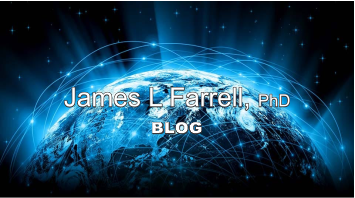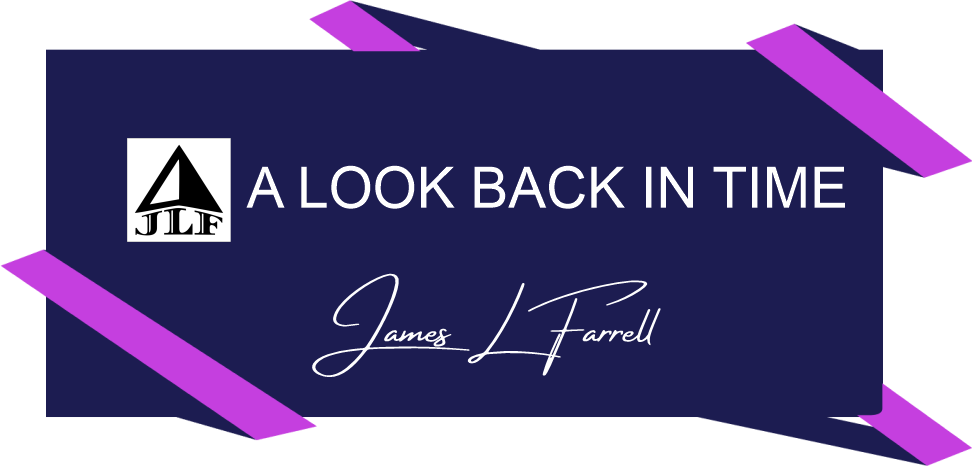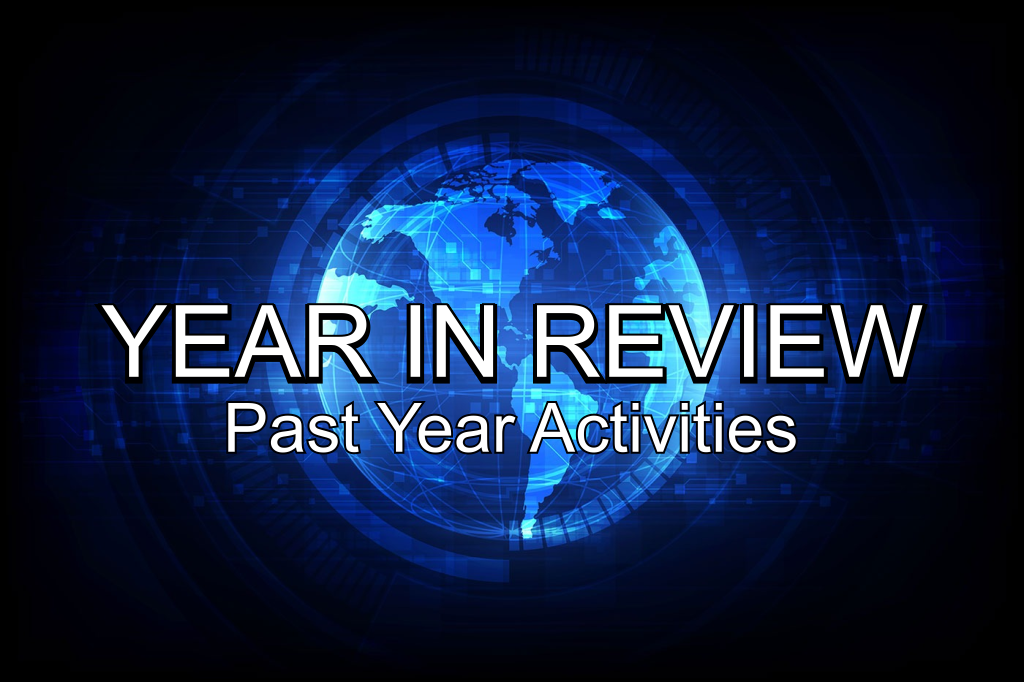EXTENDED RAIM (ERAIM) ION-GPS 1992
Almost two decades ago an idea struck me: — the way GPS measurements are validated could be changed in a straightforward way, to provide more information without affecting the navigation solutions at all.
A choice then emerged between two candidate detection methods, i.e., chi-squared and parity. The latter choice produced five equations in four unknowns, expressed with a 5×4 matrix rewritten as the product of two matrices (one orthogonal and the other upper triangular). That subdivision separated the navigation solution from a scalar containing the information needed to assess the degree of inconsistency. Systematic testing of that scalar according to probability theory was quickly developed and extended to add a sixth satellite, enabling selection of which satellite to leave out of the navigation solution. #53 – click here
The real power of this strategy comes in expansion to six satellites. A set of 6×5 matrices results, and the subdivision into orthogonal and upper triangular factors now produces six parity scalars (rather than 2×1 parity vectors – everyone understands a zero-mean random scalar). Not only are estimates obtained for measurement biases but the interpretation is crystal clear: With one biased measurement, every parity scalar has nonzero mean except the one with the faulty satellite in the suspect role. Again all navigation solutions match those produced by the original RAIM method, and fully developed probability calculations are immediately applicable. Content of the 1992 manuscript was then included with further adaptation to the common practice of using measurement differences for error cancellation, in Chapter 6 of GNSS Aided Navigation and Tracking. Additional extensions include rigorous adaptation to each individual observation independent of all others (“single-measurement RAIM”) and to multiple flawed satellites.










